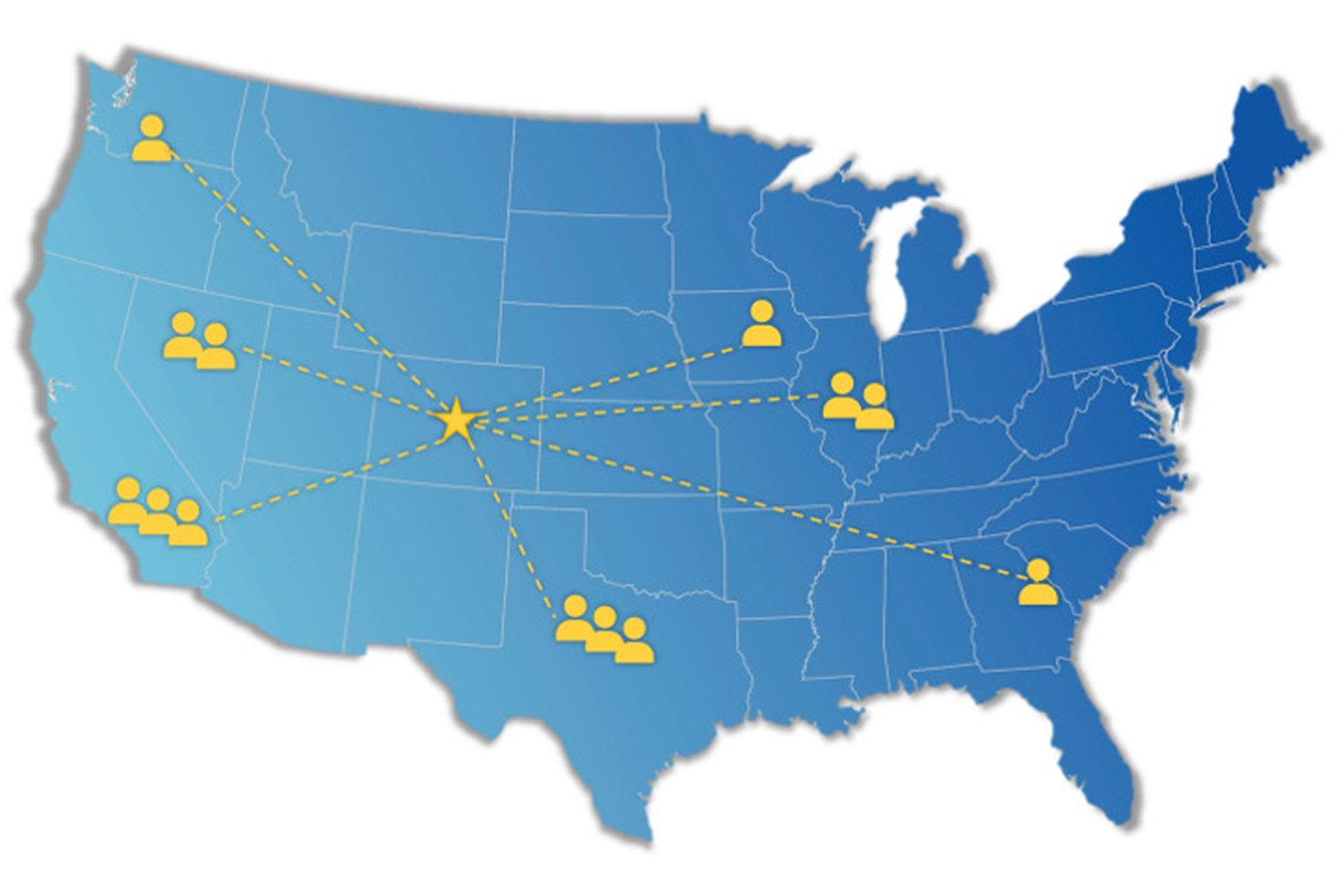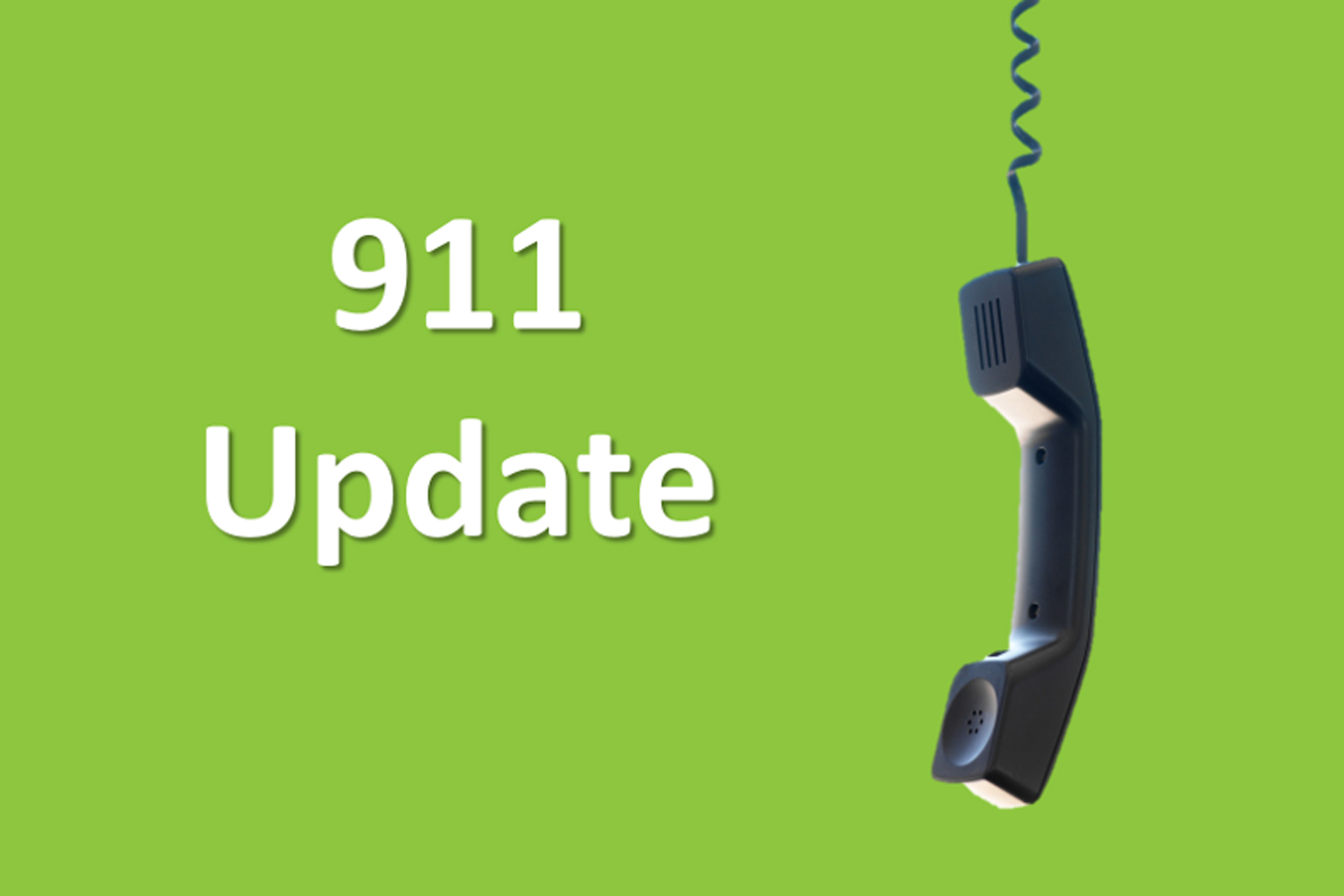It’s All About the Caller’s Location: An Update on 911

Meet the Author, Martha Buyer! Martha is an attorney whose practice is largely limited to the practice of communications technology law. She also provides a wide range of communications technology consulting and legal services, primarily geared to support corporate end-users’ work with carriers and equipment and service providers. To learn more about Martha, and how she can help you, visit her website at http://www.marthabuyer.com/.
Most people—or enterprise communications managers, be they large or small—don’t give much thought to 9-1-1 policy. They just assume it will work in the unlikely event that an employee, contractor or guest has an emergency. But like all things that look easy, managing 9-1-1 information is complex as it must be given that a first responder has only 4 minutes to get to a person in cardiac distress. That’s right. 4 minutes. So the phone system, whether it’s an in-house run MLTS, Centrex, PBX or hybrid has to work and must provide accurate information to the person on the other end of the call so that those who can help can be dispatched in the least amount of time. The good news is that the policy decisions that have driven enhanced 9-1-1 capabilities forward have involved many parties, from first responders to communications technology companies to civilians. The result is that our 9-1-1 infrastructure and capabilities have improved dramatically over the past ten years. Certainly, issues like Kari’s Law have continued to drive the relevant issues forward. This is all good news.
Kari’s Law Ray Baum
Now, and through December 10th of this year, we all have the opportunity to comment on a proposed FCC rulemaking that’s specifically focused on the FCC’s interest in securing more accurate and platform/vendor-neutral location-specific identification information that is provided to Public Safety Access Points (PSAPs) when 9-1-1 is dialed. In the proposed rulemaking, dispatchable location information must be provided when individuals call 9-1-1 from not only multi-line telephone systems (MLTS) including hospitals, and university and corporate campuses, but from PBXs, Centrex, key telephone, IP and hybrid systems. Click here for more information.
A few words on history. Kari’s Law Act of 2017 is a federal law requiring that direct access 9-1-1 dialing and on-site notification systems be provided by MLTS systems, and RAY BAUM’S Act requires the FCC to complete a proceeding to consider the adoption of rules that “ensure that the dispatchable location is conveyed with a 9-1-1 call, regardless of the technological platform used and including all calls from MLTS.” Under Kari’s Law, all MLTS installed, sold, operated or managed must be configured to allow a user direct access to 9-1-1 without the need for dialing an extra digit, code, prefix or suffix. In addition, under Kari’s Law, notification must be provided to a central location at the facility from which the call that an emergency call has been made. As rules currently stand, any MLTS manufactured, imported, offered for initial sale or lease or installed after February 16, 2020 must be compliant with these rules.
In January of 2015, the FCC determined that all carriers should plan to deploy sophisticated location information based on both horizontal (X and Y coordinates) and vertical (Z coordinates) to identify the location of the caller. Major nationwide wireless providers were to be prepared with a plan for implementation within 18 months, with actual deployment taking place by 2021. In 2015, a 2021 deadline seemed a long way in the future, but not so much anymore. According to Steve Souder, “The reality is that the [existing] rules have never required that the carriers provide a useful level of accuracy. In fact, the X and Y coordinates only represent the front door. It’s the Z coordinates that are even more essential and largely not mandated to be in place for some providers until 2021. Further, the current rules require that by 2021 only 80% of calls made from each carrier must present the accurate location information. For the remaining 20%, the 2021 deadline still doesn’t help.”
With this deadline looming and at least some carriers taking their time (not totally their faults to be sure), and with the passage of both Kari’s Law and RAY BAUM’s ACT, the FCC has issued the aforementioned Notice of Proposed Rulemaking (NPRM) to clarify requirements on the detail and extent of location information to be provided.
According to Dan Henry, Director of Government Affairs at NENA: the National Emergency Number Association, “the location from which a call to 9-1-1 is made is obviously as critical to the caller as it is to the first responder. Between 70 and 80% of calls made to 9-1-1 originate from mobile devices, and getting accurate location information is essential. However complex the challenges of mobile location accuracy, identifying ACTUAL location from VoIP systems can be more difficult, because instead of being yards off, inaccuracies can be hundreds—or even thousands—of miles off.”
Mark Fletcher, Avaya’s Chief Architect Worldwide for Public Safety, commented, “The problem is further exacerbated when the number of reportable endpoints becomes an unmanageable quantity. This is where workflow or the operational procedures become the critical components. What do external responders need to report in order to get the police, fire or ambulance resources to respond to the right entrance to a building as quickly as possible? How do they gain access to that facility? How do first responders know where cubicle 2C-231 is actually located?” Additionally he said, “the problem goes well beyond the quantity and quality of data. The essential challenge is that whatever data is presented must be meaningful and actionable to the person receiving it.” And then there’s one other issue. Recognizing that location-specific information is valuable, what kind of expenses will be incurred, not only to set up the database(s) cross referencing locations and station ids initially, but to maintain that information in an ongoing way so that it remains accurate at all times?
Whether the NPRM requests too much information which may or may not be critical. As Chris Carver of NENA added, “Sometimes FCC reports and orders and government actions do not serve as important a role in providing solutions as they do in stimulating innovation towards new products. The current FCC is fairly adamant about not prescribing specific technologies to fix problems. The NPRM, and FCC action generally seeks to define the problem, but how it’s solved is up to the market. This approach provides an opening for innovators to address public safety challenges.”
If you want to understand the 911 technologies your current phone solution has, contact Vertical.


